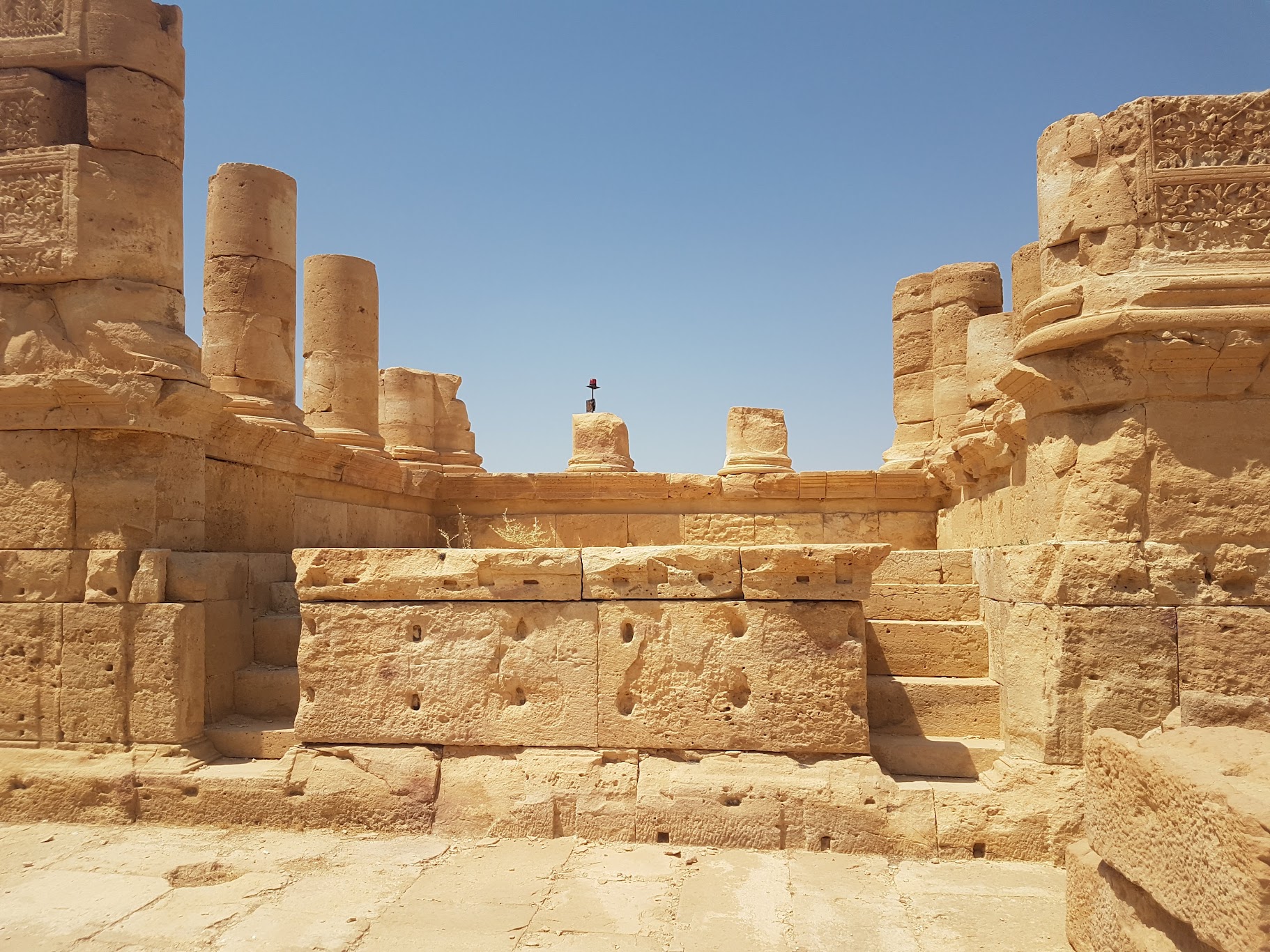The Indus Valley Civilization
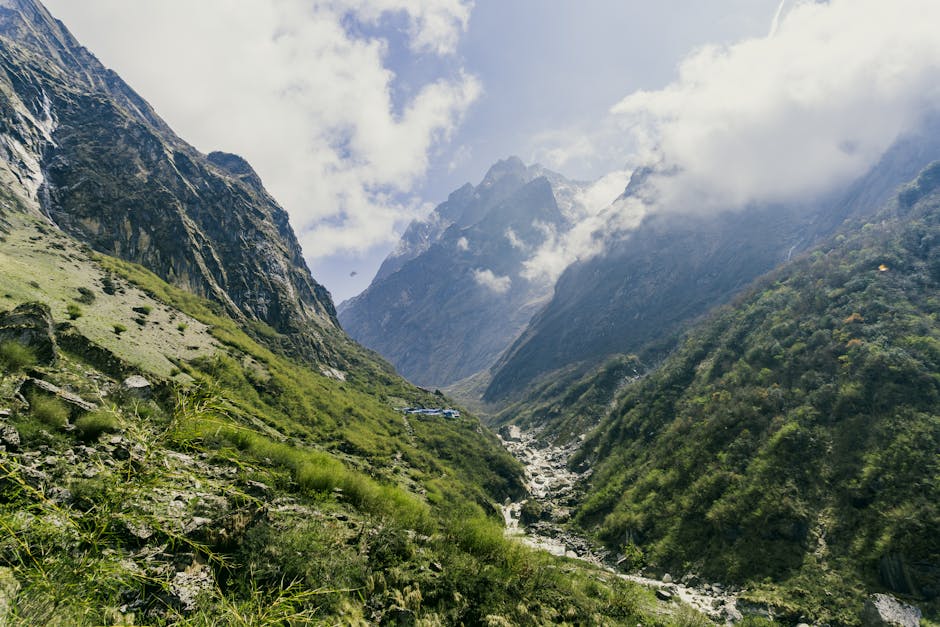
The Indus Valley Civilization, one of the earliest urban cultures, thrived around 2500 BCE in what is now Pakistan and northwest India. Known for its advanced city planning, including meticulous grid layouts and sophisticated drainage systems, this civilization was a marvel of its time. However, despite such achievements, it mysteriously declined around 1900 BCE. Theories abound, suggesting climate change, river shifts, or invasions as possible causes of this decline. Archaeological sites like Mohenjo-Daro and Harappa provide intriguing glimpses into their urban life, yet much about their writing system remains undeciphered. This undeciphered script leaves a significant gap in understanding their culture. Recent studies suggest the civilization boasted a population of over 5 million at its peak, emphasizing its scale and complexity.
The Minoan Civilization

Centered on the island of Crete, the Minoan civilization flourished from approximately 2700 to 1450 BCE. Known for its palatial architecture, such as the iconic Palace of Knossos, the Minoans developed a complex society with advanced art and expansive trade networks. However, around 1450 BCE, the civilization faced a sudden decline. Possible reasons include natural disasters like earthquakes or the catastrophic eruption of Santorini. The absence of written records from this period leaves historians perplexed about the exact reasons for their disappearance. The Minoans are believed to have significantly influenced later Greek culture, yet much of their legacy remains shrouded in mystery.
The Hohokam Culture
The Hohokam culture thrived in the Sonoran Desert of Arizona from around 300 CE to 1500 CE. They’re renowned for their extensive irrigation systems and vibrant trade networks. They constructed elaborate canal systems that supported agriculture in an arid environment, showcasing their ingenuity. However, by the 15th century, the Hohokam mysteriously vanished. Theories suggest drought, resource depletion, or social upheaval as potential causes. Archaeological evidence indicates their population may have reached up to 100,000 at its peak, yet their sudden disappearance leaves many questions unanswered.
The Ancestral Puebloans
The Ancestral Puebloans, also known as the Anasazi, inhabited the Four Corners region of the United States from around 100 CE to 1300 CE. They’re famous for their cliff dwellings and intricate pottery. However, by the late 13th century, they abandoned their settlements. Speculation about drought, resource scarcity, or social conflict is rife. Recent research suggests climate change played a significant role in their migration to more sustainable areas. The Ancestral Puebloans left behind a rich archaeological record, yet their reasons for leaving remain a topic of ongoing research.
The Olmec Civilization
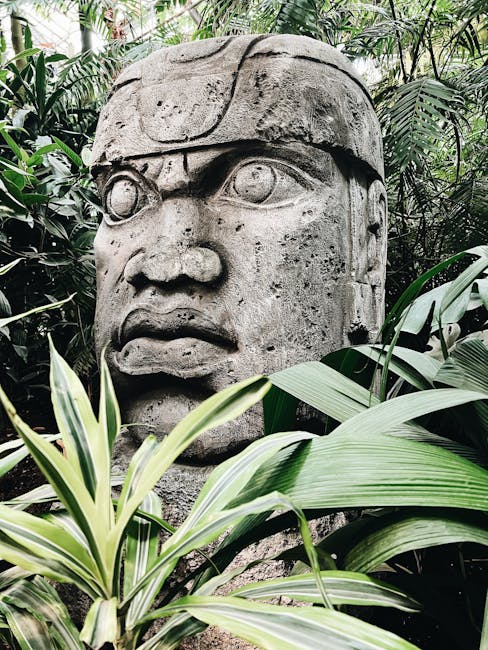
Often regarded as the “mother culture” of Mesoamerica, the Olmec civilization emerged around 1200 BCE in present-day Mexico. They’re famous for their colossal stone heads and early writing systems. The civilization thrived for several centuries but began to decline around 400 BCE. Theories suggest environmental changes or internal strife as possible factors. The Olmec’s influence on subsequent Mesoamerican cultures, such as the Maya and Aztecs, is well-documented. However, the reasons for their decline remain largely speculative.
The Chachapoya Culture

The Chachapoya, known as the “Warriors of the Clouds,” inhabited the cloud forests of Peru from around 800 CE to the Spanish conquest in the 16th century. They’re renowned for their unique burial practices and impressive cliffside structures. The Chachapoya civilization faced significant challenges due to Spanish colonization, leading to their cultural decline. However, their exact fate remains unclear as many records were lost during the conquest. Recent archaeological discoveries continue to shed light on their society, yet much about their culture remains elusive.
The Nabateans
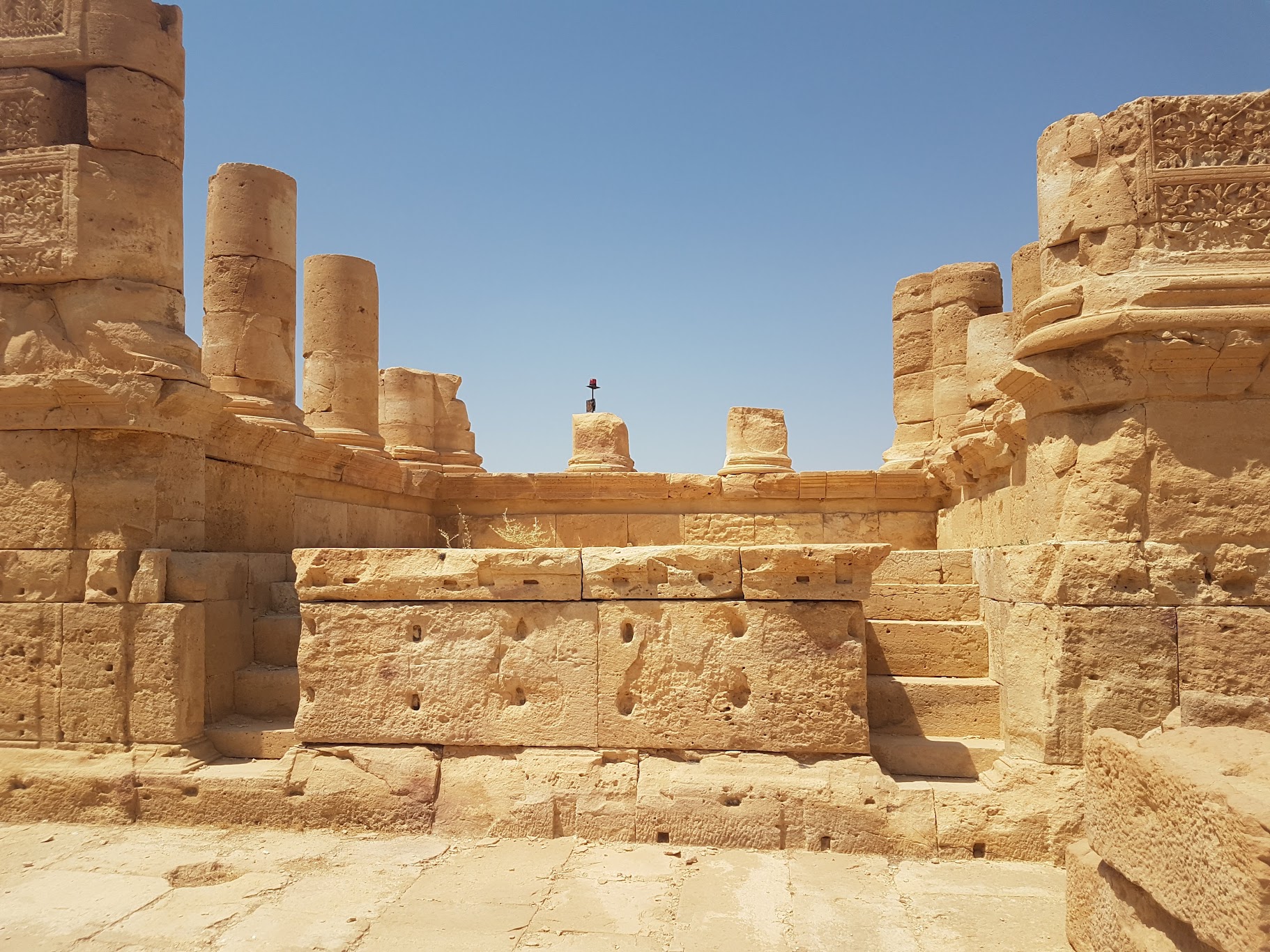
The Nabateans were an ancient Arab people who thrived in the region of Petra, Jordan, from around the 4th century BCE to the 2nd century CE. They were skilled traders, controlling key trade routes and developing impressive architectural feats, like the rock-cut tombs. However, the civilization declined after the Roman annexation of Nabatea in 106 CE, leading to a gradual loss of cultural identity. The reasons for their decline are debated, with theories suggesting economic shifts and changing trade routes. Despite their disappearance, the Nabateans left a lasting legacy in the form of their architectural marvels.
The Khmer Empire
The Khmer Empire flourished from the 9th to the 15th century in Southeast Asia. It’s renowned for its architectural achievements, particularly the temple complex of Angkor Wat. At its height, the empire was a powerful political and cultural force. However, by the 15th century, the empire faced decline due to factors such as environmental changes, internal strife, and external invasions. The reasons for its fall are complex, but recent studies highlight the impact of climate change on agriculture as a significant factor. The remnants of the Khmer Empire continue to attract researchers and tourists alike.
The Sogdian Civilization
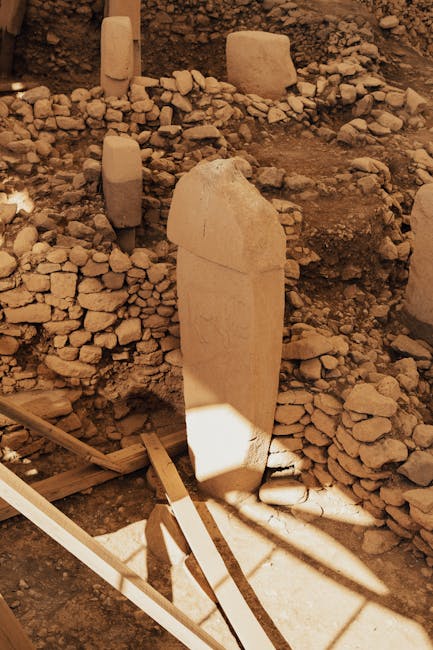
The Sogdian civilization thrived along the Silk Road from around the 6th century BCE to the 10th century CE. They were key players in trade and cultural exchange between East and West. The Sogdians were known for their merchant activities and unique art forms. However, with the rise of new trade routes and political changes in Central Asia, the Sogdian culture began to decline. By the 10th century, their influence waned, leading to a loss of cultural identity. Despite their disappearance, the Sogdians left a rich legacy in the form of art and trade practices that influenced many cultures.
The Taino People
The Taino were an indigenous people of the Caribbean who inhabited the Greater Antilles before European colonization. They had a rich culture and were skilled in agriculture and fishing. However, following the arrival of Christopher Columbus in 1492, the Taino population faced devastating declines due to disease, enslavement, and violence. By the early 16th century, the Taino civilization had largely vanished. Recent genetic studies suggest that many modern Caribbean populations carry Taino ancestry, highlighting a lingering legacy despite their tragic fate.

